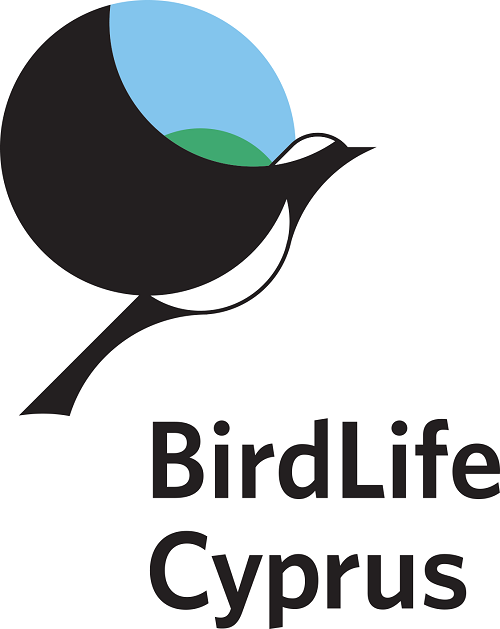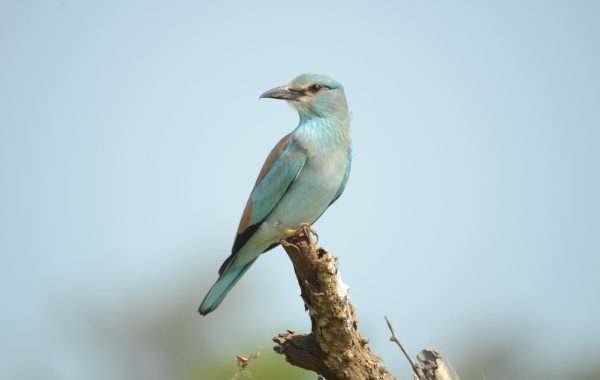As a result, it becomes very difficult for anyone who wants to get informed about Akamas and its protection to follow the matter, understand what has happened in the past, be up to date with developments, and most importantly: judge whether they agree with the latest developments or whether these make them want to take to the streets to demonstrate.
We share with you the latest updates and how these relate to past issues, answering the most common questions we receive from the public and which emerge from what has been discussed on the issue during the last month.
1. ‘Akamas Park’? What does this mean?
You must have come across the term ‘Akamas Park’ in the Press or on Social Media. But what does it mean? First of all, Akamas and ‘Akamas Park’ are two different things. The term ‘Akamas Park’ refers to the Akamas National Forest Park. This has been declared on the basis of the Forest Law by a 2016 decision of the Ministerial Council, covering all state land within the Akamas Peninsula Natura 2000 site. The area of the National Forest Park covers about 75% of the Natura 2000 site. The remaining 25% is private land.
2. Why are they saying that Akamas is shrinking?
At the sound of the word Akamas, a, perhaps innocent, impression is given that the entire Peninsula is a protected natural area. But the reality is far from that. The Akamas Natura 2000 protected site based, among others, on State studies, should have been larger in order to fully cover the species for which the area is protected. However, the Akamas Natura 2000 site is 50% smaller than the original studies and smaller than what BirdLife International recognizes as the Important Bird Area of the Akamas Penisnula. The National Forest Park therefore covers 75% of an already shrunken protected area.
3. What does it mean that the Park will be delivered by 2022, as we read in the Press?
In 2016, the Ministerial Council also decided the utilization of the Akamas National Forest Park through proposals from a qualified consultant. As a result, the Sustainable Development Plan for the Akamas National Park was prepared. The Plan includes, among other things, the creation of 8 designated entry points to the Park, the improvement of the area’s road network, the creation of 14 nodes providing facilities such as refreshment points, toilets and souvenir stands and many other provisions. The Plan was approved by the Ministerial Council on 1 November 2018, with a timetable for implementation by 2022.
4. So, what’s the problem?
In theory, there is no problem with managing a Forest Park. And this specific Plan does include some positive provisions such as regulating the pressure from visits through the use of entry points and a symbolic fee which will be used to better manage the Park, improve visitor experience and support the local communities. However, many problems arise with regard to the protection and proper management of the Natura 2000 area of the Akamas Peninsula. Some of the most serious issues are the following:
First of all, this Plan, in all its detail, which includes the creation of refreshment points in the sensitive areas of Lara Beach and Fontana Amoroza, and the improvement of 88 km of roads, has been approved by the Ministerial Council before the Competent Authorities assessed whether this is going to have a negative impact on the Natura 2000 area within the National Forest Park. This is, after all, what the legislation governing Natura 2000 asks for. BirdLife Cyprus, in the framework of consultations about the Plan, expressed these and other concerns, which unfortunately have been ignored without justification.
Secondly, there are already Management Plans for the Natura 2000 site, which legally override the Park Plan, as well as many other Plans for the area, which have never entered into force. The management provisions these plans make for the protection of habitats, flora, birds and other fauna species, are not in full synergy with what the Park Plan proposes.
Finally, we are in a situation in which the State is proceeding with new proposed infrastructures in Akamas, while no immediate measures have been taken yet to demolish existing illegal structures that have been operating in the area for years, and we are not sure whether this will be considered a priority.
In a nutshell, we believe that this Plan and the fast pace with which its implementation is moving by the State do not shield the Natura 2000 site of Akamas from pressures.
5. What should we expect the future to bring?
Unfortunately, the future of Akamas remains uncertain. While the State is proceeding with the implementation of the Park Plan, the entire Natura 2000 site is facing a new challenge: The Local Plans of Akamas and Peyia, which are being prepared by the Urban Planning Council, and which will decide the kind of development which will be allowed. BirdLife Cyprus will remain as active as ever, following and acting on developments, guided by the vision for an effective and sustainable protection and management of the Peninsula, for nature and society.




